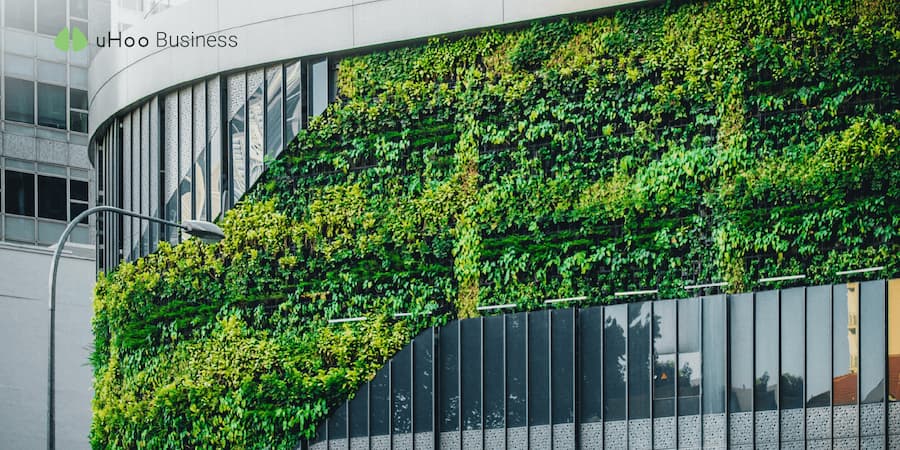Green retrofitting of older buildings is more than a trend but a transformative solution for our architectural landscape. Retrofitting older buildings for sustainability is a response to ecological concerns. At the same time, it provides a comprehensive upgrade improving the efficiency of older buildings. As we face climate challenges and push toward more sustainable living, green retrofitting has been put in the spotlight.
Older buildings, with timeless designs and rich history, embody a city’s cultural heritage. However, they are also often energy hogs because they lack modern insulation, efficient lighting, and eco-friendly HVAC systems. Green retrofitting involves interventions to address these issues while reducing older architectures’ environmental footprint and preserving their integrity, aesthetics, and value.
Retrofitting Techniques
Green retrofit practices range from simple upgrades like switching to LED lighting to comprehensive overhauls installing smart energy management systems. They may include:
- Optimizing natural light with advanced window glazing that helps with energy efficiency
- Adding environmentally friendly insulation to walls, roofs, and floors to help preserve ambient temp
- Utilizing an IAQ monitor like uHoo to ensure optimal air quality for a healthier environment
- Introducing sustainable materials that are non-toxic and recycled
At the core of retrofitting is also the use of green technology, such as solar panels, geothermal heat pumps, or rainwater harvesting systems. These technologies reduce the building’s reliance on non-renewable energy and promote a circular economy that utilizes renewable resources and reduces waste. All of these techniques result in sustainable architecture for historical structures.
Benefits of Green Overhauls
Apart from the evident reductions in utility bills, green retrofitting impacts far more than the operational cost of a building. It enhances the inhabitant’s comfort with improved air quality and thermal regulation, leading to healthier living and working environments. There’s also an undeniable increase in the building’s market value, as sustainable properties often attract premium pricing and interest from eco-conscious buyers.
Creating modern spaces while preserving history allows for a unique blend of old and new. This blended charm is highly sought after in contemporary urban design. The green refurbishment of older buildings also promotes community pride and conserves cultural landmarks, establishing a legacy of sustainability for future generations.
Retrofitting also aligns with global sustainability goals. It reduces the carbon footprint of the built environment and contributes to emission reduction targets. More importantly, it fosters biodiversity within urban centers through green roofs and walls, serving as mini ecosystems that improve quality of life.
Examples of Transformed Buildings
A textbook example of effective green retrofitting is the Empire State Building. Its renovation led to a 38 percent reduction in energy consumption and a USD 4.4 million cut in energy costs annually, not to mention lowered carbon emissions — all while maintaining its iconic status.
One Bryant Park, though newer, sets the bar high as a beacon of sustainability. LEED Platinum-certified, it boasts a catalog of green features, including a green roof to reduce runoff and insulate the building, and advanced water efficiency strategies.
On the West Coast, Seattle’s Bullitt Center is a testament to the full potential of green retrofitting. Branded as the greenest commercial building in the world, it excels in self-sufficiency, producing its own energy and managing waste on-site, all wrapped in an aesthetically compelling package.
Final Thoughts
Green retrofitting represents both a challenge and an opportunity for our aging urban infrastructures. The push to revive these structures through sustainable practices shows a commitment to ingenuity and respect for our architectural heritage. Moving beyond mere energy efficiency, green retrofitting asserts itself as an essential strategy in the quest for sustainability, proving that even the oldest buildings can be reborn as champions of an eco-friendly future.



